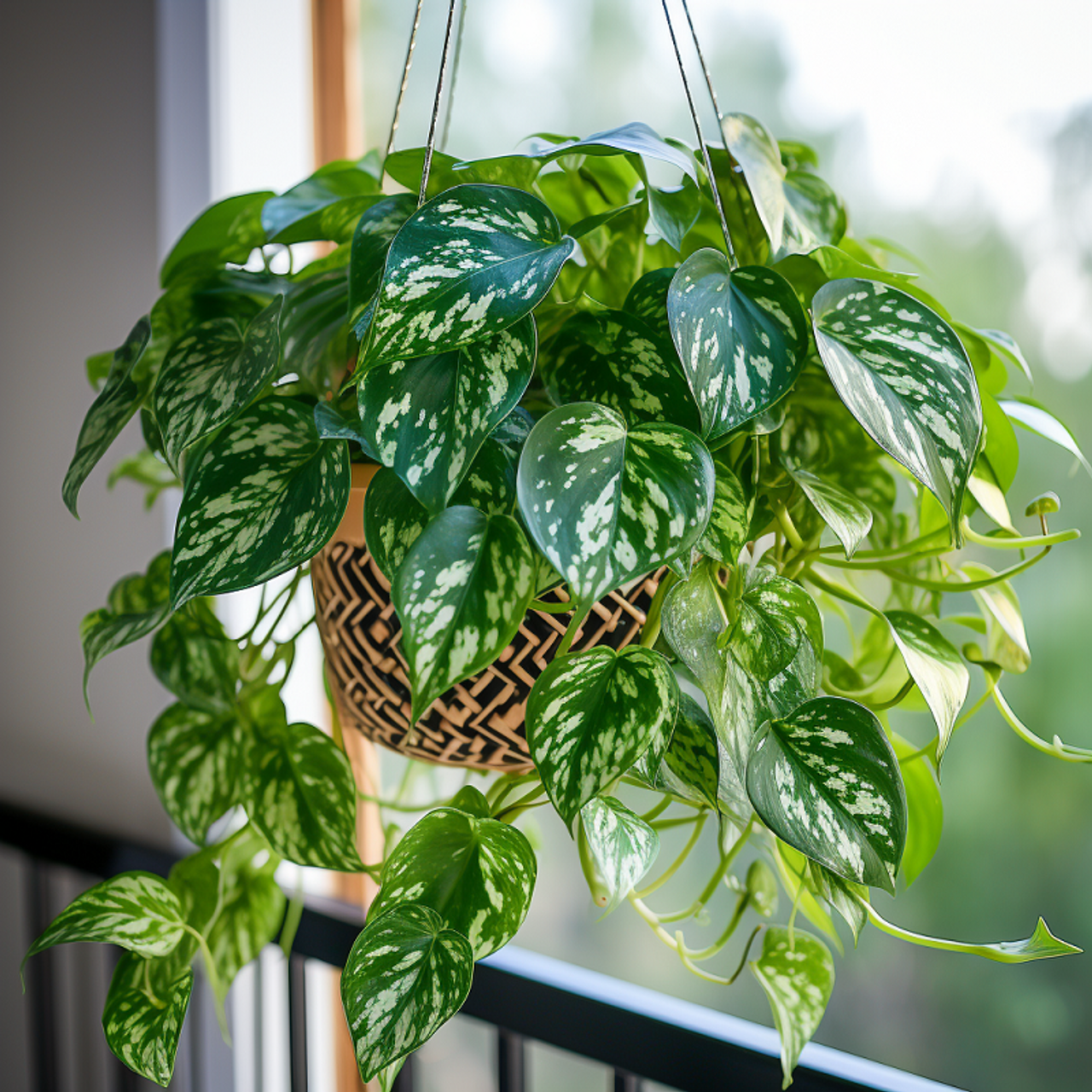Choosing the best indoor plants depends on various factors, including your personal preferences, available space, lighting conditions, and maintenance requirements. Here are ten popular indoor plants known for their beauty, air-purifying qualities, and ease of care:
1. Snake Plant (Sansevieria):
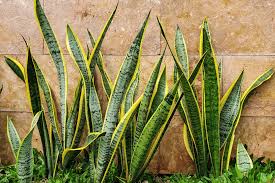
Snake Plant
Snake plants have tall, upright leaves with variegated patterns. They are hardy, tolerate low light conditions, and are excellent air purifiers.
2. Pothos (Epipremnum aureum):
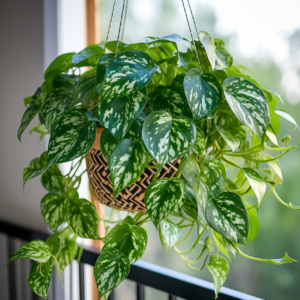
Pothos-indoor
Pothos is a trailing vine with heart-shaped, glossy leaves. It thrives in various lighting conditions and is relatively low-maintenance.
3. ZZ Plant (Zamioculcas zamiifolia):
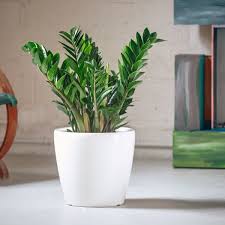
ZZ Plant
ZZ plants have thick, waxy leaves that can tolerate low light and irregular watering. They are excellent for beginners.
4. Peace Lily (Spathiphyllum):
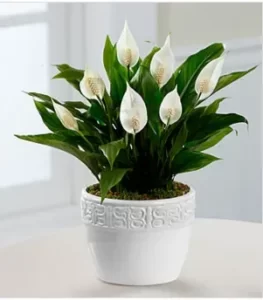
Peace Lily
Peace lilies have elegant white flowers and dark green foliage. They prefer medium to low light and can help improve indoor air quality.
5. Spider Plant (Chlorophytum comosum):
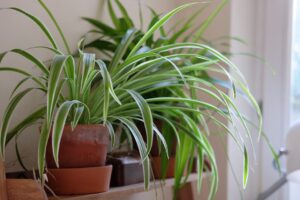
Spider Plant
Spider plants have long, arching leaves with white stripes. They are easy to care for and produce small plantlets that dangle from the parent plant.
6. Chinese Evergreen (Aglaonema):
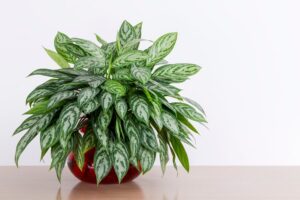
Chinese Evergreen (Aglaonema)
Chinese evergreens have attractive, patterned leaves and can tolerate low light conditions. They are known for their air-purifying abilities.
7. Rubber Plant (Ficus elastica):
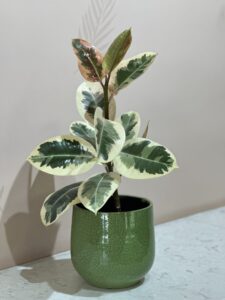
Ficus elastica
Rubber plants have large, glossy leaves that add a bold statement to any room. They prefer bright, indirect light and regular watering.
8. Aloe Vera (Aloe barbadensis):
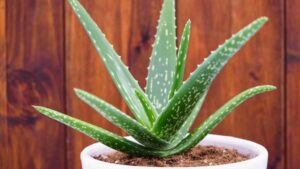
Aloe Vera
Aloe vera is a succulent with thick, fleshy leaves that contain a gel-like substance. It requires bright light and minimal watering.
9. Monstera (Monstera deliciosa):
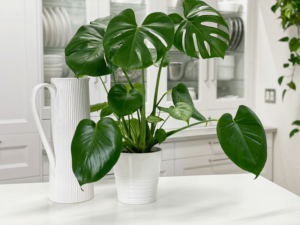
Monstera deliciosa
Monstera plants have large, fenestrated leaves that give a tropical feel to any space. They prefer bright, indirect light and moderate watering.
10. Philodendron (Philodendron spp.):
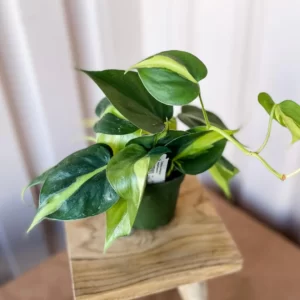
Philodendron
Philodendrons come in various shapes and sizes, with heart-shaped or split leaves. They are adaptable and can tolerate a range of light conditions.
Remember to consider the specific care requirements of each plant, including watering frequency, humidity preferences, and potential toxicity to pets if you have any. It’s also helpful to assess the lighting conditions in your home and choose plants accordingly.

